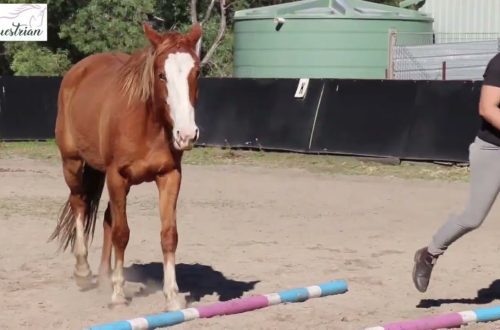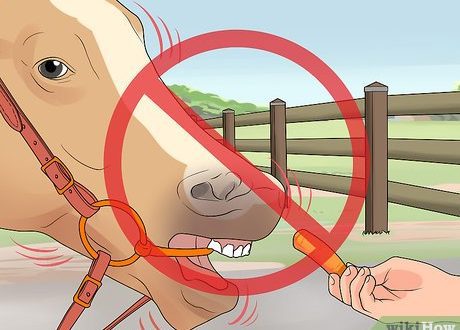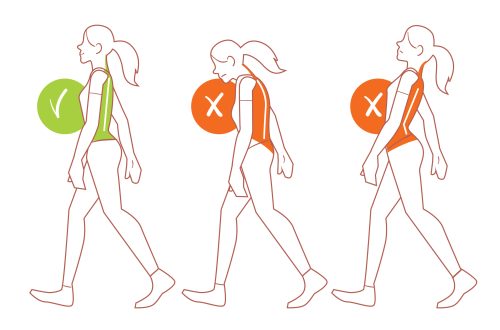
Don’t rely on sight – feel the horse!
Don’t rely on sight – feel the horse!
In the photo you see a rider on a three-year-old Appaloosa mare. The mare passes the initial level of training. Using this pair as an example, we will talk about one of the important, but rarely covered issues – the influence of our eyes, our gaze, on our fit.
Looking at the photo, we can conclude that the mare trusts the rider and effectively moves forward. Even though the photo was taken from an awkward angle, I like the way the horse pulls in his neck and seeks to make contact with his hand. The breed and conformation make it difficult for the animal to move “uphill”, but the current frame helps the mare to work better in front due to the work of the shoulders over time. The rider looks very concentrated, you can see how she tries to competently train her young horse, however … you can also see how she develops a bad habit – to look down at the ground.
The rider must learn to trust his senses and not rely on his eyes. At any stage of training, rhythm and balance is what is required of both the horse and the rider. Even though straightening ranks higher on the horse’s training scale, the rider should sit upright and strive to ask the horse for straightness from the start.
Achieving balance is much easier when all the building blocks are aligned. The better the rider’s balance, the easier it will be for the horse to find the right balance and align his own body.
Looking down is very tempting! Our eyes have a direct connection to the balancing center in our brain and we feel safer when we can see. But ironically, it is this connection that limits our ability to balance! Notice how much more difficult it is for you to balance with your eyes closed, how much more work you do. Often our eyes take our attention so much that we don’t feel many other things, such as the distribution of weight on our seat bones or stirrups, the contact, the suppleness of the horse’s back, or the activity of his hind legs. All this can be felt better by closing your eyes.
Of course, you can’t ride a young horse with your eyes closed for a long time, our rider can be understood. But one way or another, periodically (at least for a couple of steps) they should be closed – this way you will make your feelings wake up. I often compare this to touch typing on a computer keyboard. After a lot of practice, I learned how to type with the blind method. I no longer look at my fingers when I type, in fact, I can even finish typing a phrase by answering some simple questions. There are so many things in riding that have to become automatic and continue to function even without the help of the eyes…
The rider in the photo is that she is looking inward and to the right. In doing this, she contracts the entire right side of her body and even her right leg turns outwards. If she directs her eyes straight ahead, this may be the key that will allow her to straighten her spine and place her own weight more evenly. This will also allow her to ride while maintaining equal contact with the horse’s mouth. Counting paces and steps can be a great exercise to get you started to feel the rhythm.
When working with a young horse, your main focus should be on maintaining the rhythm. Now it is more important than keeping her head in the right position. Instead of focusing on the front of the horse and its head, focus on the hindquarters – this is the engine of rhythm.
If you look down at the horse’s neck, you will “hang” forward. At the same time, looking forward will allow you to align your balance and the horse’s hindquarters to activate and release.
Another disadvantage of looking down is that the rider’s lower back muscles stop working. They work best when the rider’s body is vertically aligned. This is very important for the correct application of controls.
Try the following: Staying balanced, place one of your hands on your stomach and the other on your lower back. Swing your legs back and forth a little, try to keep your body straight. You will feel the tension in your back muscles as you lean forward and the tension in your abdominal muscles as you lean back.
Now look down at your feet and repeat the movement. You will clearly feel that when the body weight shifts back, the abdominal muscles will react much later and much weaker!
This is how the ordinary gaze decouples our automatic balance and stability from the movements of the horse. The rider will not be able to react quickly enough when their abdominal muscles are no longer part of the upper body’s automatic balance system. As with many situations while riding, a timely and quick reaction is very important.
Anything that slows down the rider’s reactions is counterproductive to his performance and that of the horse!
Susanna von Dietze (source) translation by Valeria Smirnova.





